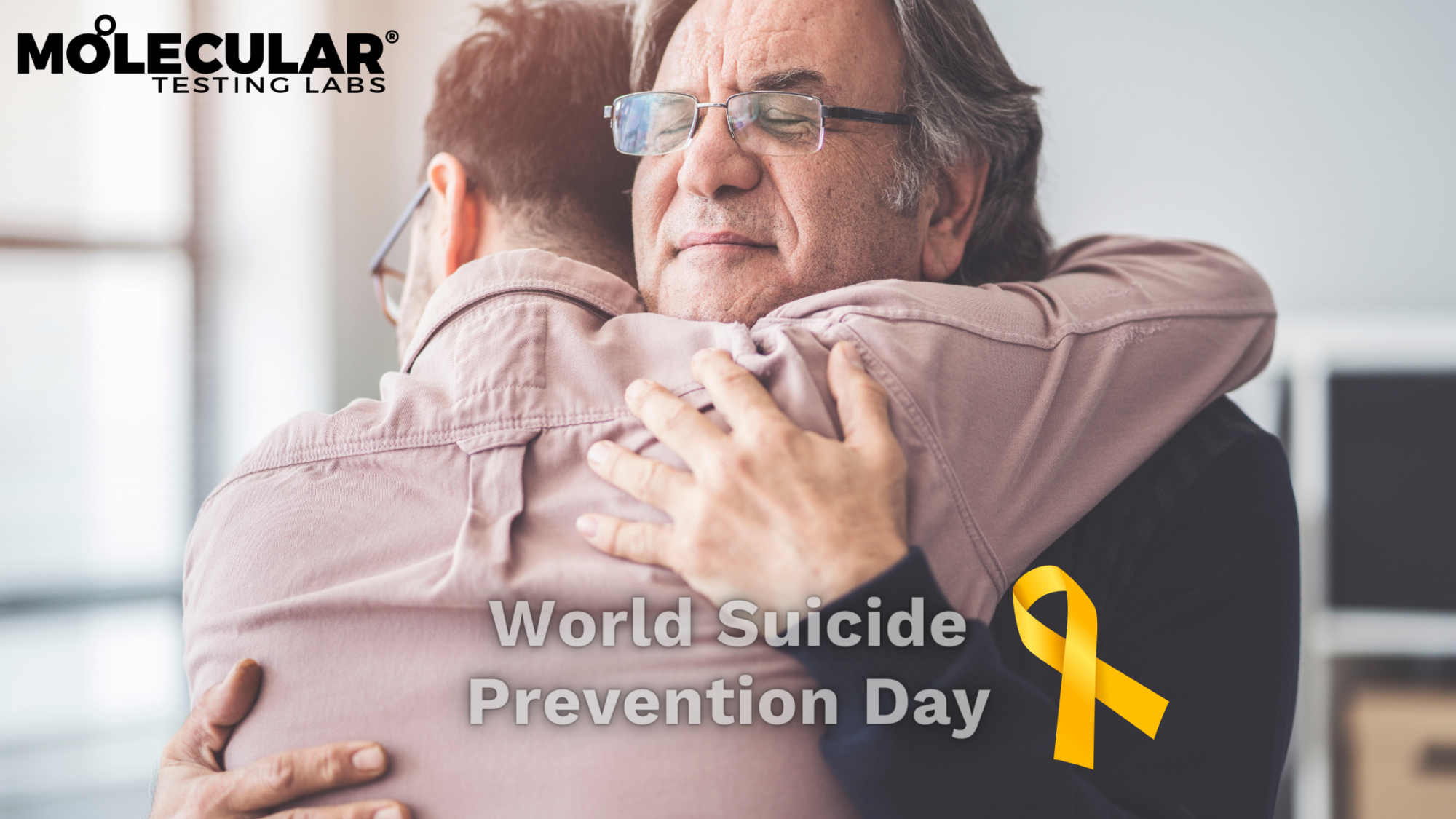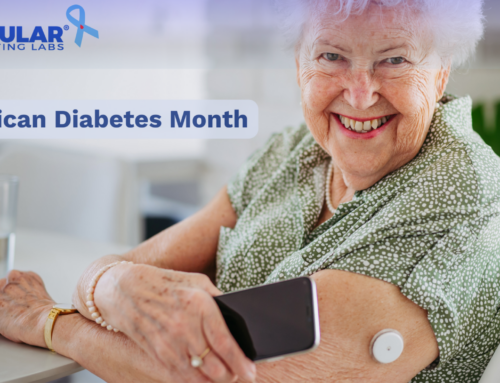
World Suicide Prevention Day
Share:
September 10th is World Suicide Prevention Day. The International Association for Suicide Prevention (IASP), in a joint initiative with the World Health Organization (WHO), launched the first World Suicide Prevention Day in 2003 to bring awareness to rising suicide rates and to spread the message that suicide is preventable. 2023 is the final year with the triennial theme of “Creating Hope Through Action.” With this call to action, IASP and WHO are seeking to spark hope in those struggling with suicidal thoughts by inspiring people to demonstrate that they are not alone and that there is help and support available. If you or someone you know is struggling with thoughts of suicide, help is available by texting 988 to reach the Suicide & Crisis Lifeline or calling 1-800-273-TALK(8255) to reach the National Suicide Prevention Lifeline.
Alarmingly, suicide has been on the rise since 1999, with a 33% increase in occurrence in the United States between 1999 and 2020. A 2020 study in the psychiatry journal Focus examined risk assessment and prevention of suicide. Researchers Ryan and Oquendo point out that it is the second leading cause of death in people ages 15 – 34, the third leading cause of death in children ages 10 – 14, and the fourth leading cause of death in people aged 35 – 54 in the United States. This trend is reflected worldwide, prompting the WHO to declare it a major public health problem. According to Ryan and Oquando, no reliable biomarker has been identified to predict an individual’s risk of suicide or suicidal thoughts. Risk assessment, therefore, remains a clinical evaluation tool performed by a mental health professional.
A 2022 study in the Journal of Personalized Medicine came closer to identifying a pathway to discovering possible biomarkers. By examining common lab tests and diagnoses recorded in electronic medical records (EMR), they were able to identify common comorbidities (having more than one condition at the same time) among PTSD patients experiencing suicidal events or suicidal thoughts. As we understand better the biology of our brains and nervous systems and the interconnectivity of our bodily systems, new avenues of research may open in the future. However, it’s important to note that this research is in its infancy, and there is currently no definitive lab test for diagnosing mental health conditions.
For now, mental health treatment resides with professionals such as psychologists, psychiatrists, licensed therapists, and counselors. While lab tests cannot currently be used to diagnose mental health conditions, they are commonly used to monitor therapeutic uptake and interactions between medications taken in tandem. Laboratory testing can also be used to monitor patients for recreational substances and their interactions with prescription medications.
If you or someone you know is struggling with thoughts of suicide, help is available by texting 988 to reach the Suicide & Crisis Lifeline or calling 1-800-273-TALK(8255) to reach the National Suicide Prevention Lifeline.
References
- Ryan, E.P. & Oquendo, M.A. (2020). Suicide Risk Assessment and Prevention: Challenges and Opportunities. Focus, 18(2), 88-99. https://www.ncbi.nlm.nih.gov/pmc/articles/PMC7587888/
- World Health Organization. (2023). World Suicide Prevention Day 2023.int. https://www.who.int/campaigns/world-suicide-prevention-day/2023
- Suicide & Crisis Lifeline. (2023). Suicide & Crisis Lifeline. https://988lifeline.org/
- National Suicide Prevention Lifeline. The National Prevention Toolkit. https://nationaltoolkit.csw.fsu.edu/resource/national-suicide-prevention-lifeline-1-800-273-talk-8255/
- Oshin, M., Peihao, F., & Xiguang, Q. et al. (2022) DeepBiomarker: Identifying Important Lab Tests from Electronic Medical Records for the Prediction of Suicide-Related Events among PTSD Patients. Journal of Personalized Medicine, 12(4), 524. https://www.ncbi.nlm.nih.gov/pmc/articles/PMC9025406/


